Juanita Leonard's ChurchJuanita Leonard
Extant
2865 U.S. 71, Montgomery, Louisiana, 71454, United States
Begun 2000
Ms. Leonard’s house, trailer, bus, yard and one of her two churches can be easily seen from the highway. She welcomes impromptu visitors throughout the day, including during the church services she pastors on Sundays at 1 PM, followed by a free lunch for all attendees.
About the Artist/Site
Inspired daily by the Holy Spirit, Juanita Leonard has transformed her entire property outside the small town of Montgomery (population 730+) into a holistic art environment. Her art and ministry are motivated by her desire to awaken in others an awareness of their gifts from God as well as her proselytory intent to bring souls into communion with Jesus.
Leonard’s energy is tireless. She arises early each morning and, after several hours spent in solitary prayer, she begins to work on her property. The entire site is in a constant state of creative flux as pieces are created, revised, discarded, and sold. Entirely self-taught, Leonard’s environment consists of a painted bus, a house, two trailers, two churches largely built and designed by herself (the second is nearing completion), numerous sculptures, and copious signage. Several of the hand-painted signs—such as the invitational “COME-IN LEtS-PRAY EVERYBODY EVERYDAY” (the lower case t probably a visual reference to the cross) and “BE BLESSED AND HEALED IN JESUS NAME”—have been standing for years, while others are relatively new, such as one sign that invites homeless passers-by to a free lunch. Few spaces on the property are untouched by Leonard’s hand-painted work, including the floors, ceilings, and windows in each of the buildings. Even the back exteriors of buildings or the few closed-off spaces in her home and churches are covered in her art. Creatively ambitious and irrepressibly curious, on any given day Leonard can be found engaged anew in (re)creating her art environment, often experimenting in new mediums and genres, ranging from quilting, making clay figurines or face jugs, or dirt and toe painting.
Leonard’s work often depicts the poor, rural upbringing of herself and her forebears, who were both African American and Native American. Much of her early work is clearly influenced by Cane River regional folk artist Clementine Hunter, whom Leonard considers to be a kind of spiritual patron, with various rural images of cotton picking, taking outdoor baths in cooking pots, planting, church going, feeding chickens, harvesting, and cooking, alongside more playful images of people in chicken drawn wagons. However, over time Leonard has noticeably developed her own distinctive style and subject matter. Beginning initially with her “Chicken Tree of Life” paintings, her new vision is far more saliently religious than before, with depictions of Biblical stories embedded copiously with scriptural references, injunctions to repent and live a godly life, and promises of blessings bestowed upon the righteous. Her newer paintings are also arguably more flowing, with more spatial freedom and busier scenes. Even her more secular work exhibits a more distinctive individuality, displaying more confidence as Leonard continues to move beyond her influences.
While Leonard’s early work might classify her predominantly as a memory painter strongly influenced by Hunter, her newer, more idiosyncratic work is at once more text-based and personal, for Leonard sees her art as part of her overall religious vocation. Her artistic and religious messages to her audience have been somewhat conflated into a single theme, which stands as an invitational testament to the reality of Jesus’ redeeming love for all who will receive it. While she is non-judgmental, happily welcoming all to her Sunday services, Leonard’s theme of the redeeming love of Jesus is tinged throughout by frequent reminders that, while Jesus loves and died for all sinners, in order to be blessed imperfect mortals must give themselves to God by giving up their sins. This thus places Leonard’s work well within what Hal Fulmer has aptly called “the jeremiad tradition” often saliently predominant in “Southern religion” (Fulmer 58).
Like many self-taught artists, Leonard does not exempt her person from her brush, painting her hat, clothing, shoes, pocket book, and other personal effects. This extension of her art to her person can also be seen in an incident early on in her ministry when, in answer to a directive from God, she walked from her home to Montgomery carrying a cross. Roughly a ten-mile roundtrip, Leonard made the journey in what she describes as her white “swaddling clothes,” making the trek for forty days (inviting comparisons with Jesus’ famous forty day fast before formally beginning His mortal ministry), sometimes making multiple trips in one day. Leonard has documented this rigorous demonstration of her faith in a painting in her church of her and her cross, accompanied by the caption “Juanita WALKING With HER CROSS IN JESUS NAME.”
Leonard began seriously painting when she moved to Montgomery in 2000. Although she was encouraged by friends, including a local judge, to sell her work on eBay, Leonard feels that her real call to create comes from Jesus. However, when she began to construct the building that would eventually become her first church she simply acted according to divine direction, not understanding the extent of God’s call to her.
Eventually feeling her art to coincide with God’s calling her to be a minister, Leonard formally declared the building she had been commanded to construct a church and began preaching on Sundays, conducting open air baptisms in a local bayou, and providing healings upon request. Leonard feels that her pastoral calling comes directly from Jesus himself, and explains that she was initially reluctant to fill the call due to a sense of modesty. Jonah-like, she resisted God’s call for some time until, in a miraculous night vision of Jesus and the Apostles, she was called to minister.
Leonard warmly welcomes visitors to her site, including religious seekers, scholars, student groups, collectors of folk art, and the merely curious. Visitors should expect to first be asked by Leonard to join her in her handmade chapel to “touch and agree” in prayer with her. Leonard is happy to serve as a tour guide of her environment, although she is often reluctant to take strangers into her home. Leonard enjoys being interviewed about her life, ministry, and art, and has no problem with documentarians with cameras, recorders, and other devices.
Sister Juanita holds services in her church each Sunday at 1 PM, often dressing entirely in white while preaching. Services are followed by a free lunch served inside the chapel. The daughter of a Baptist minister, Leonard is familiar with Southern Protestant preaching styles and music, but the services are clearly non-denominational in order to draw as many as possible to Christ. Services are approximately thirty minutes long. The size of Leonard’s congregation varies, but generally numbers in the low twenties. Leonard is the only pastor of her church, although visiting ministers occasionally drop by to assist. Offerings are welcome but by no means required.
Leonard’s chapel is not large, with eight handmade pews, a woodstove, a small kitchen, and bathroom. Music accompaniment is often live, with two small electric keyboards and a tambourine serving as instruments. The church is kept up in a pristine manner, and the lights are left on and the doors never locked in order if need be to serve as a refuge for spiritual seekers. As Leonard explains, “This is God’s house. This is Jesus’ [house].”
For the past several years Leonard has been working diligently on constructing a new church on her property. Now nearing completion, the new church is considerably larger than the older chapel, and the aesthetic sense between the two is striking dissimilar. While the older chapel still currently in use is an explosion of colors and imagery, the new building is ascetic by comparison, with a largely white interior, and no images or text on the walls or ceiling save “POWERFUL JESUS” in large blue letters on the far wall near the altar. However, while the new church might otherwise be mistaken for a traditional Southern Protestant rural church, the interior of the building exhibits the unique stamp of Leonard’s folk architectural vision and self-taught construction techniques. After water and lights have been completed the building will be finished, and Leonard’s parishioners are eager to hold services in the new church.
In addition to eBay, Leonard’s art is listed with several online dealers in folk and self-taught art. Many of the signs, paintings, and statuary on her site are for sale and Leonard welcomes offers, sometimes even accepting small commissions. However, despite repeated offers, she has resisted selling several of her pieces due to their personal and religious significance for her.
Leonard would happily sell her house for the right price, commenting in January 2015 that “I want somebody to pick this [her house] up. I want this to be like a museum with big sculptures.” In her best case scenario, her house would sell, leaving her to live in a trailer on the property, and she would be able to continue working on her art and conducting church services without the fear that her work might be abandoned or destroyed upon her death. Nevertheless, Leonard is well aware of the uncertainty of the future, yet continues to trust in God. As she declared in one of her sermons, “If someone had told me a few years ago that I’d be preaching to a group of people I’d have thought they were crazy. [. . .] We don’t know the future of what God has in store for us. Perhaps I’ll have a megachurch. I’d be okay with that!”
Ms. Leonard can be contacted by phone at (318) 646-3491. She is highly active on Facebook (under Juanita Leonard). During the summer she also runs an antique and curio shop in nearby downtown Montgomery.
~Shane Rasmussen
Northwestern State University
Natchitoches, Louisiana
NOTE: Portions of the above were taken from the following:
Rasmussen, Shane, and Matt DeFord. “Unicultural Ethnography: Preserving Outsider Art Through the Ethnographies of Individual Outsider Artists.” Paper delivered at “Divine Disorder, Conserving the Chaos: Conference on the Conservation of Folk and Outsider Art.” Natchitoches, LA. February 15, 2012. Also available online in video format at: http://ncptt.nps.gov/unicultural-ethnography-preserving-outsider-artthrough-the-ethnography-of-individual-outsider-artists/
WORKS CITED
Fulmer, Hal. “The Word and the World: Evangelical Christianity, the Bible, and the Secular South.” Coming Home! Self-Taught Artists, the Bible and the American South. Ed. Carol Crown. Art Museum of the U of Memphis in assoc. with the UP of Mississippi, Jackson, 2004. 55-71.
Contributors
Materials
Clay, concrete, found materials and objects, metal, paint, plaster-of-Paris, plywood, etc.
Map & Site Information
2865 U.S. 71
Montgomery, Louisiana, 71454
us
Latitude/Longitude: 31.645012 / -92.856557
Nearby Environments


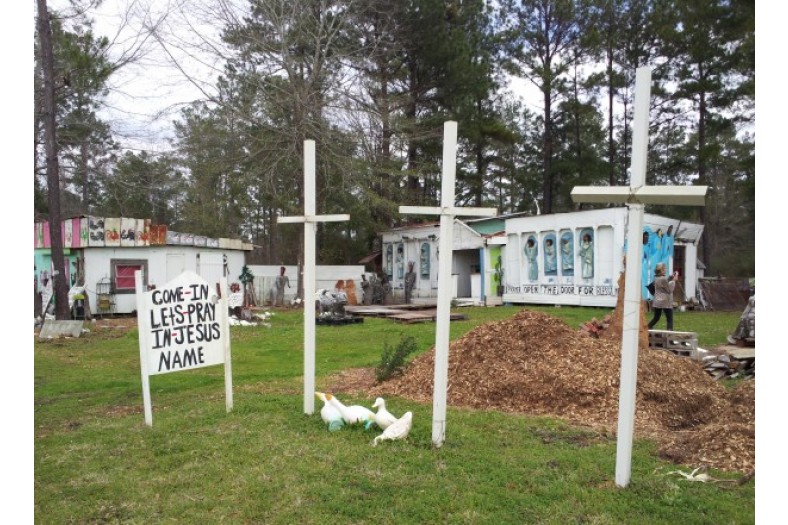
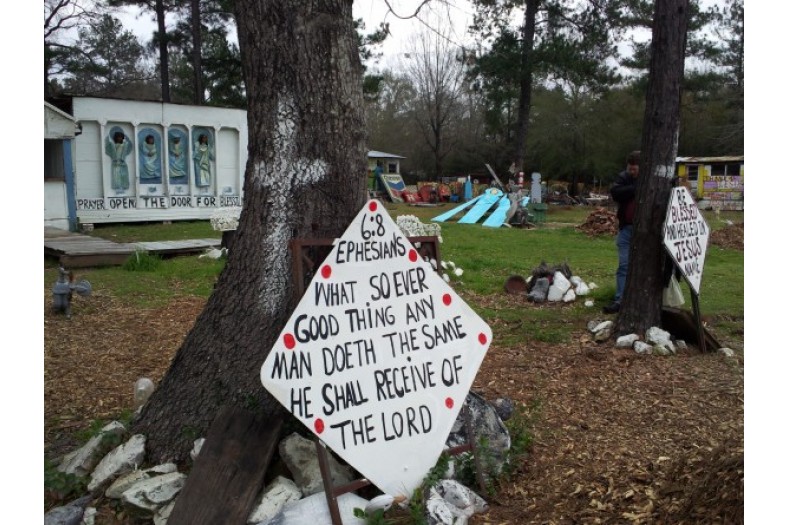
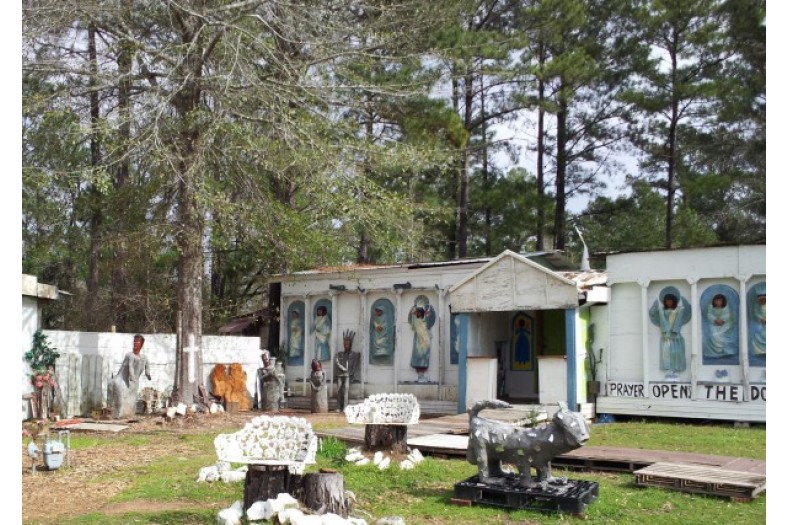
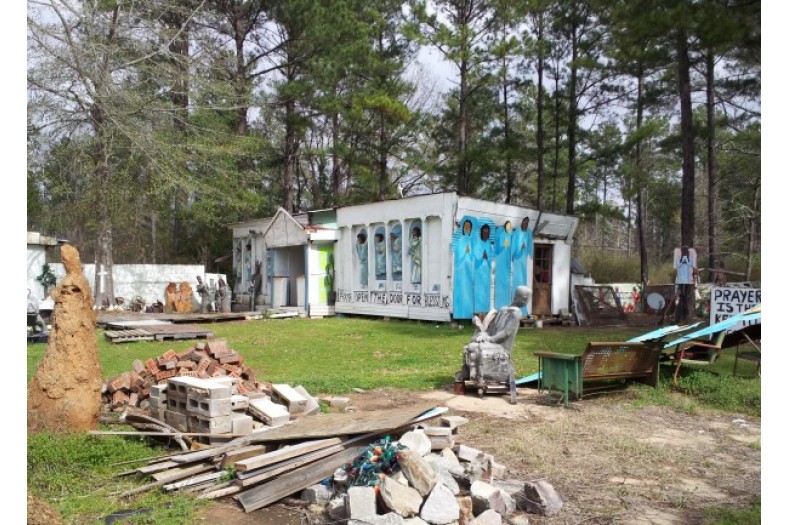
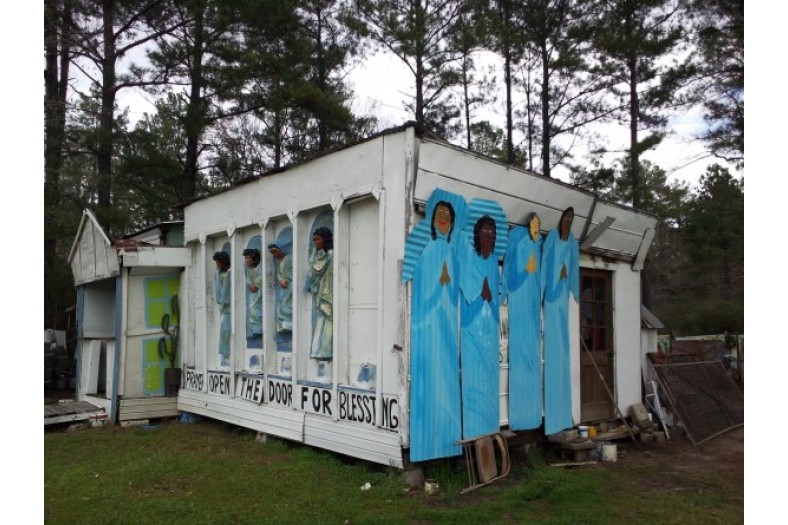
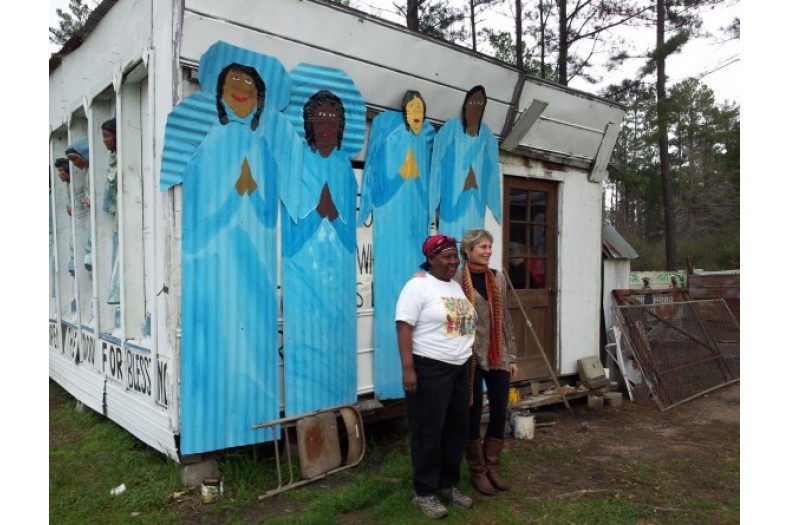
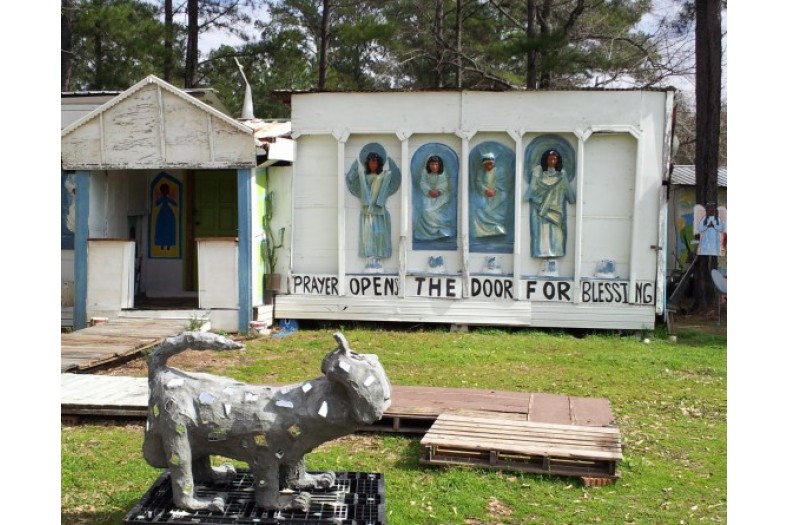
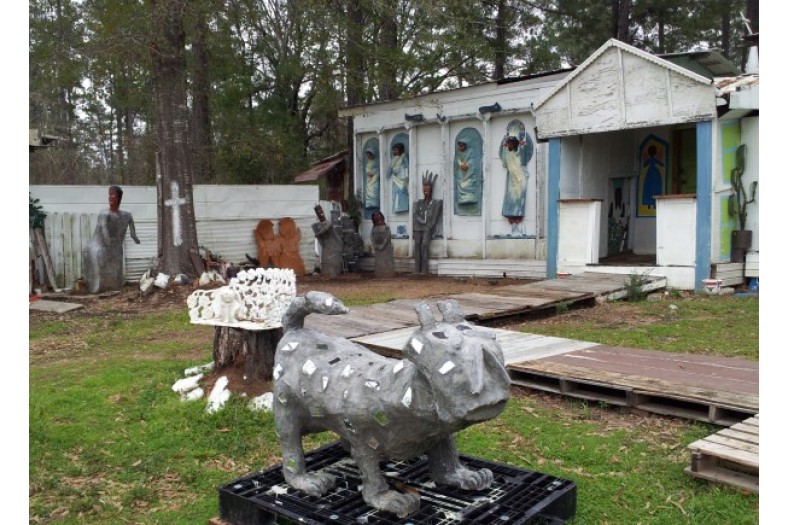
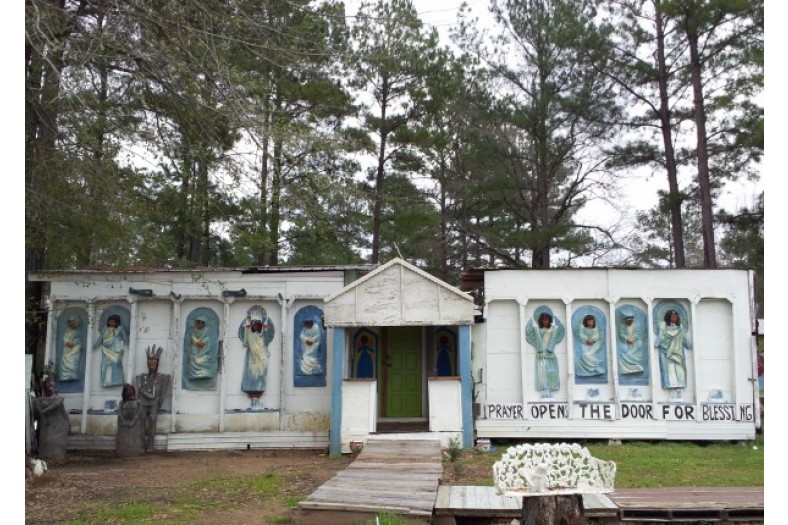
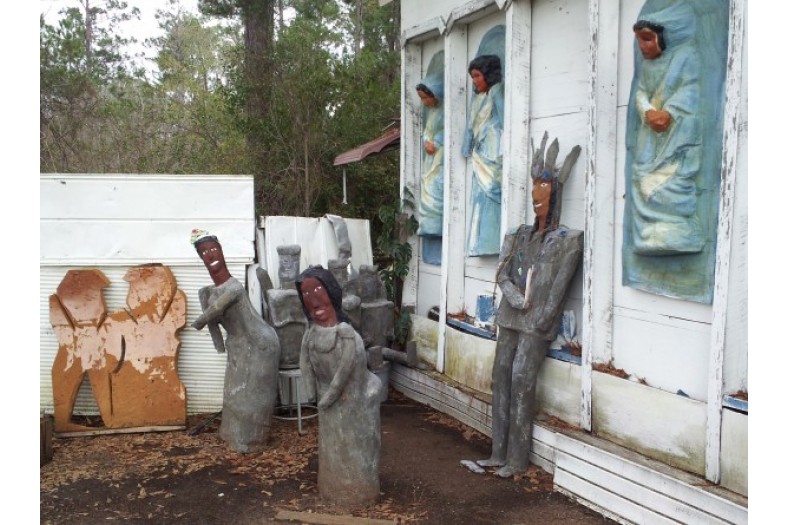
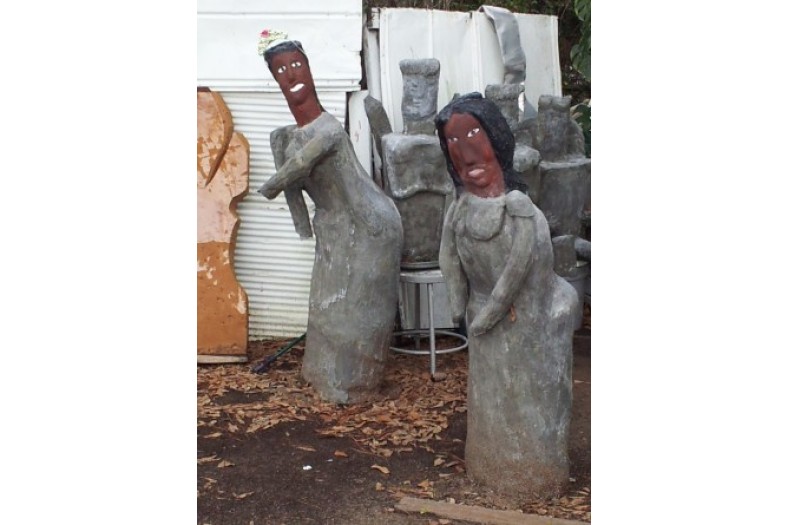
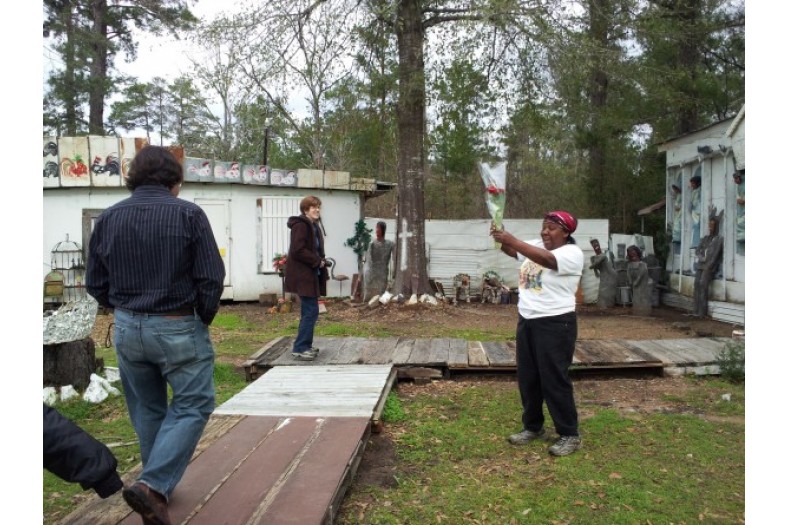
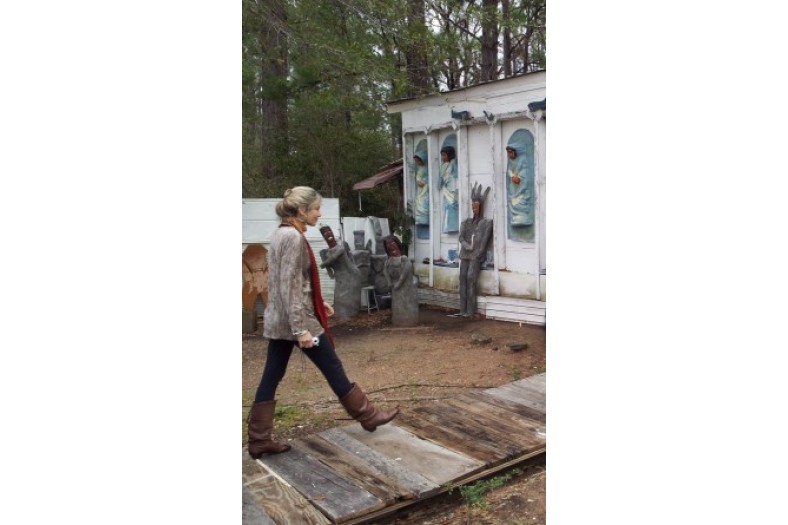
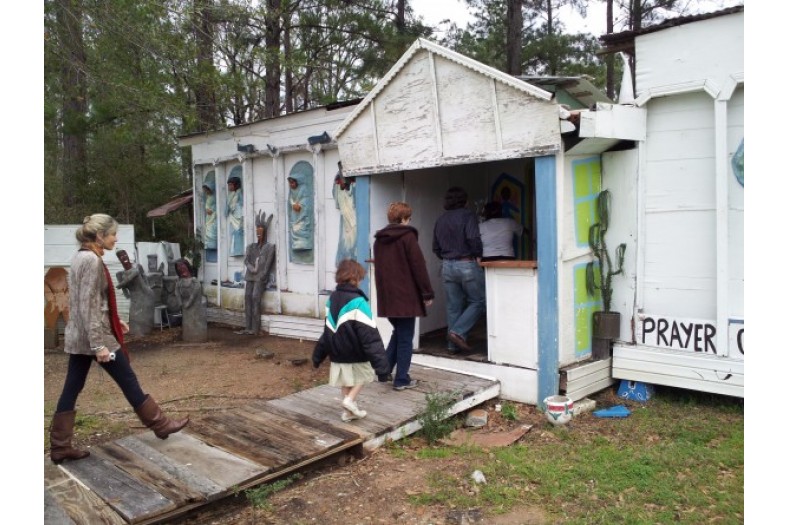
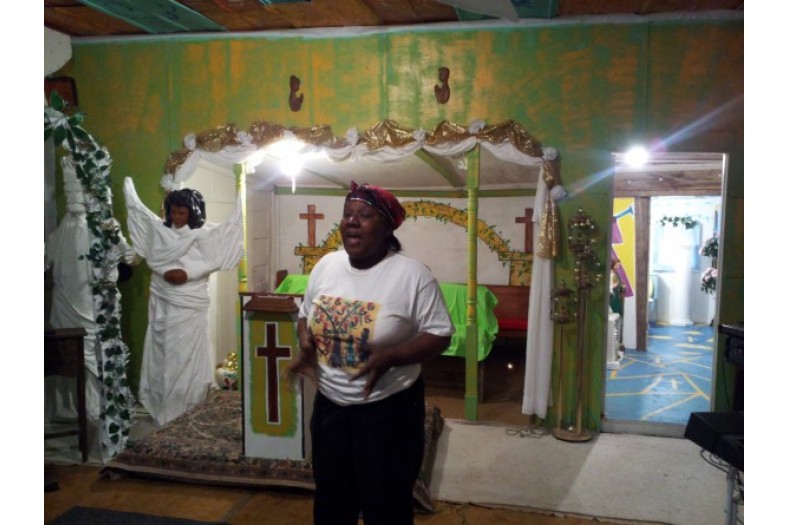
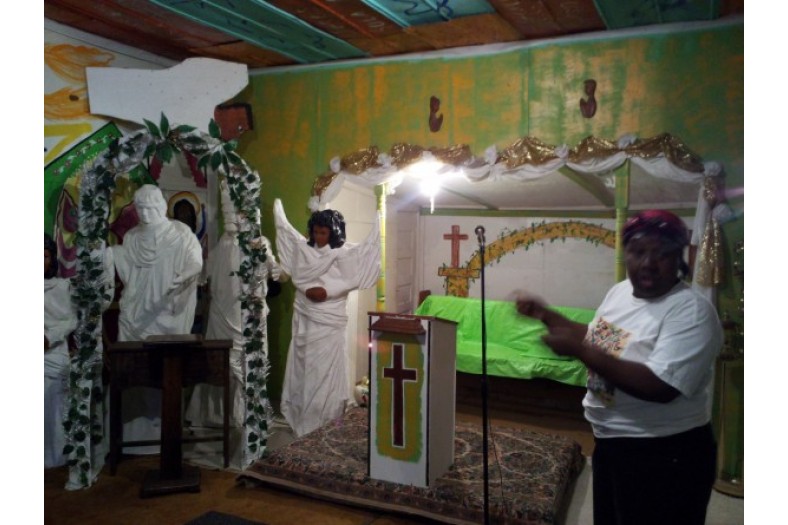
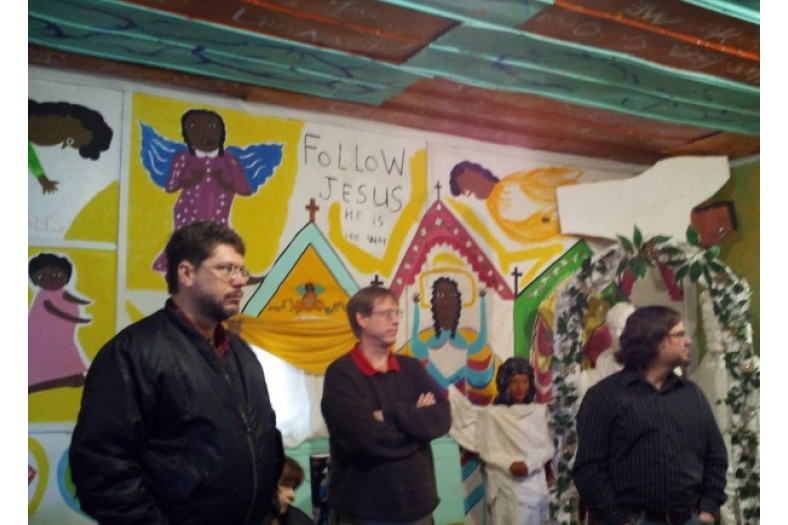
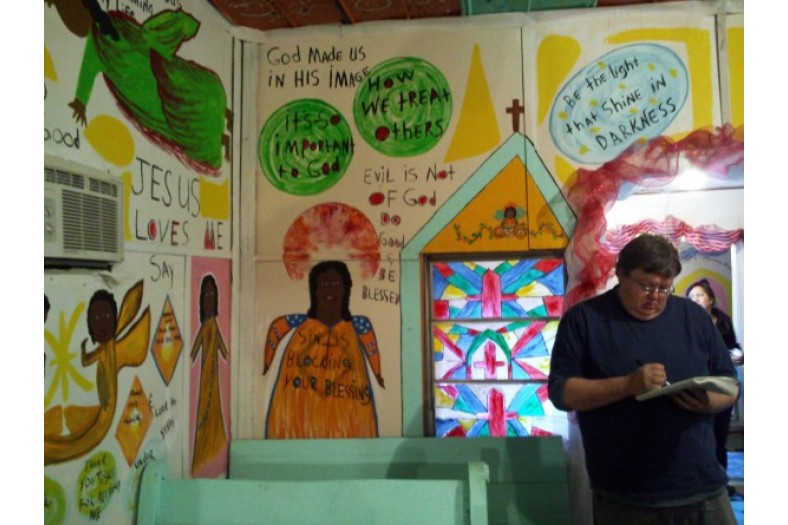
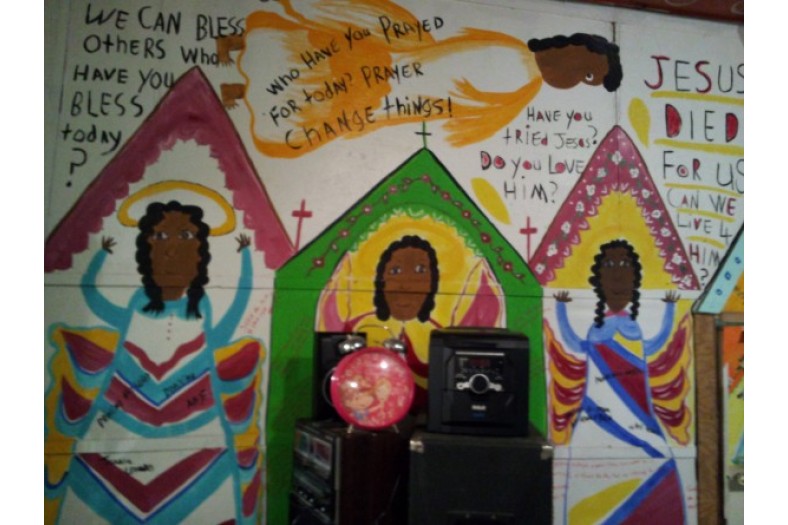
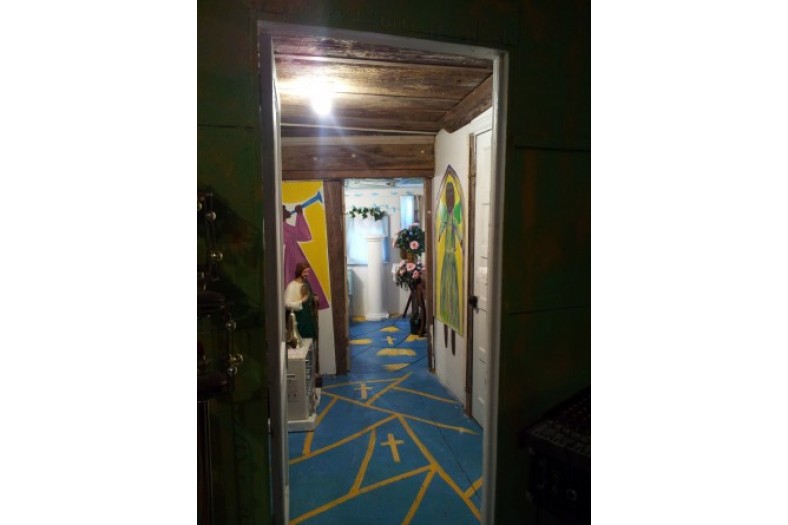
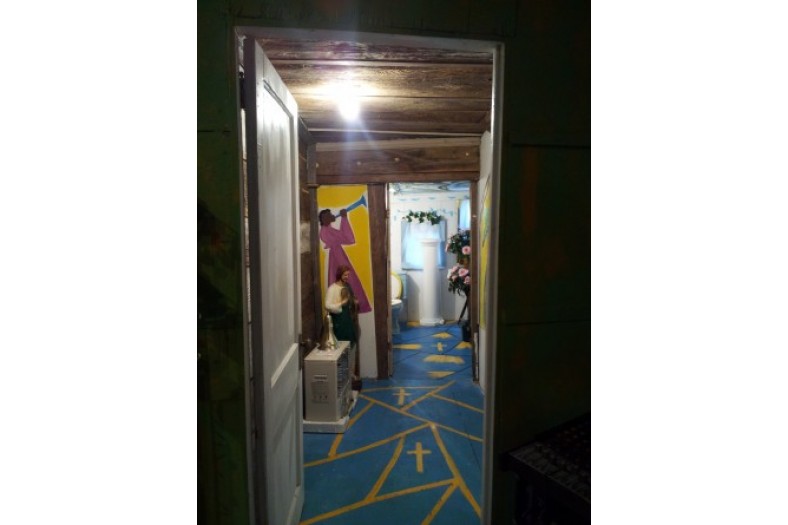
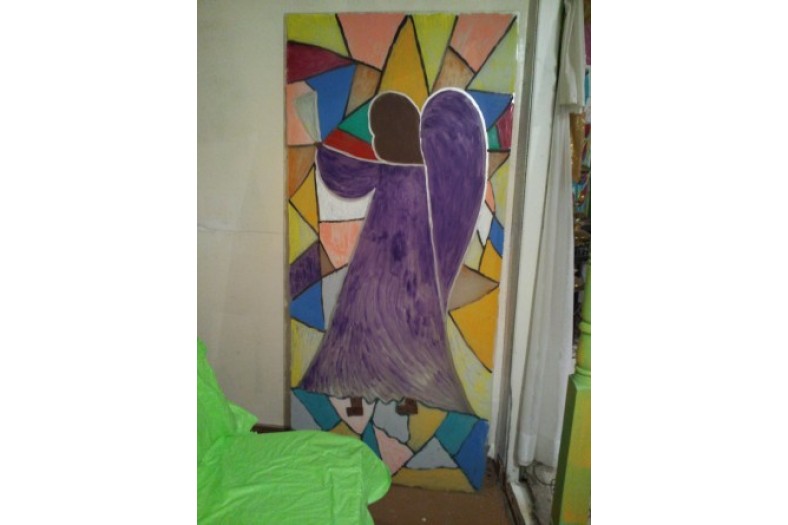

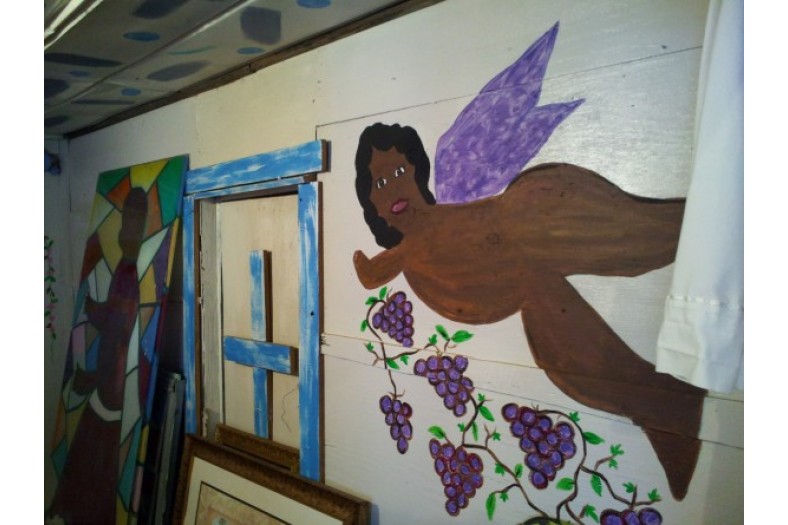
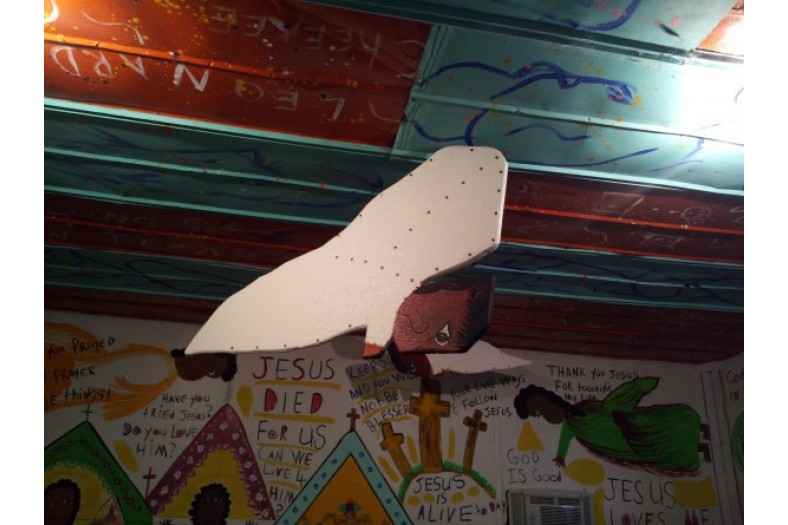
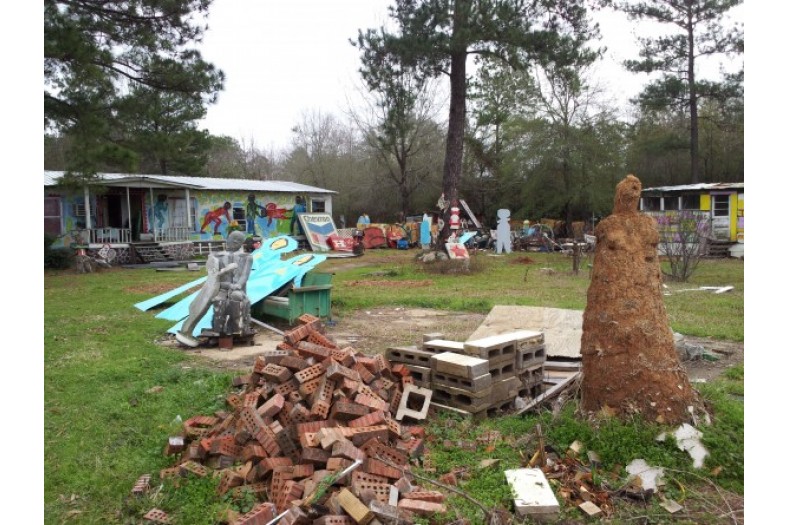
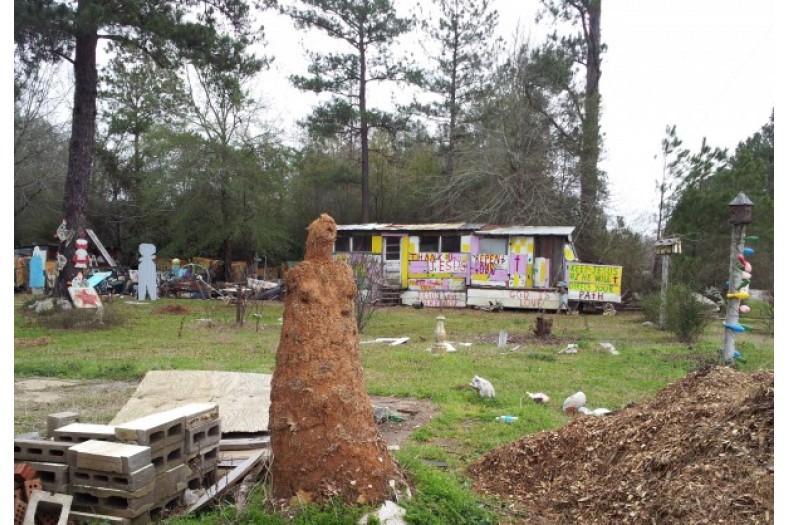
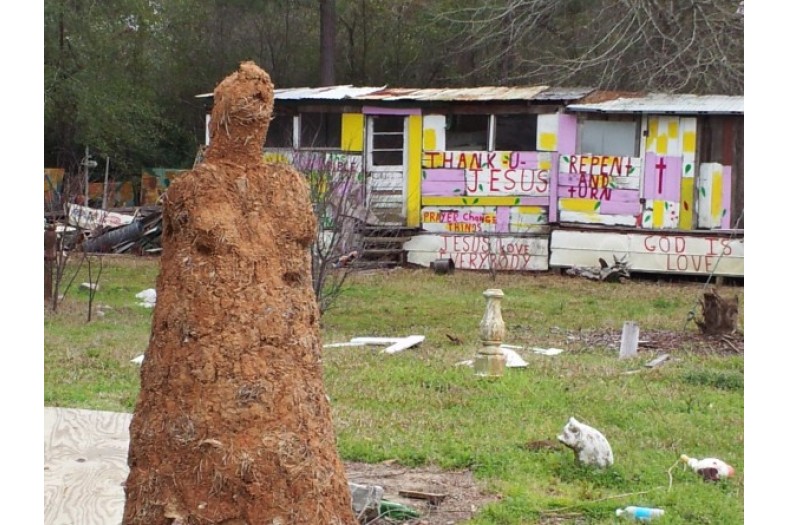
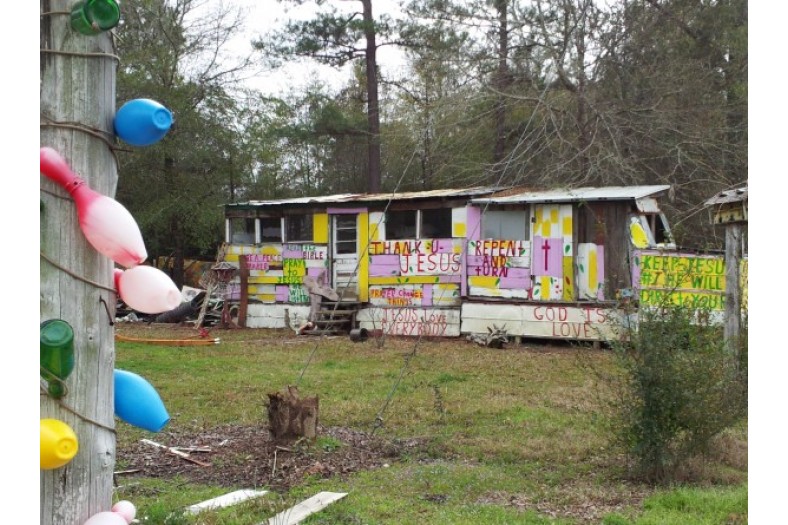
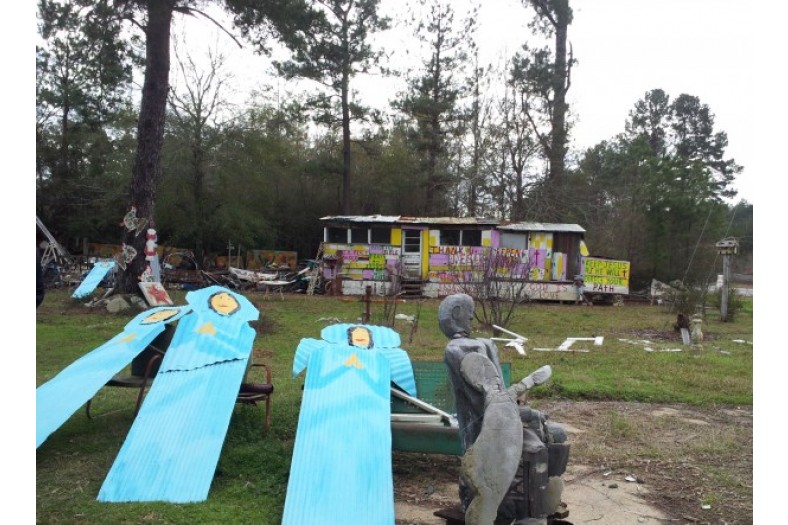

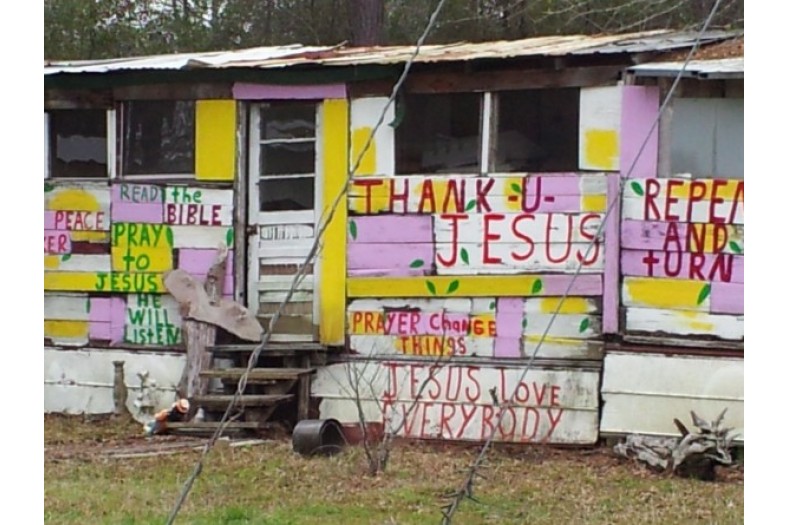
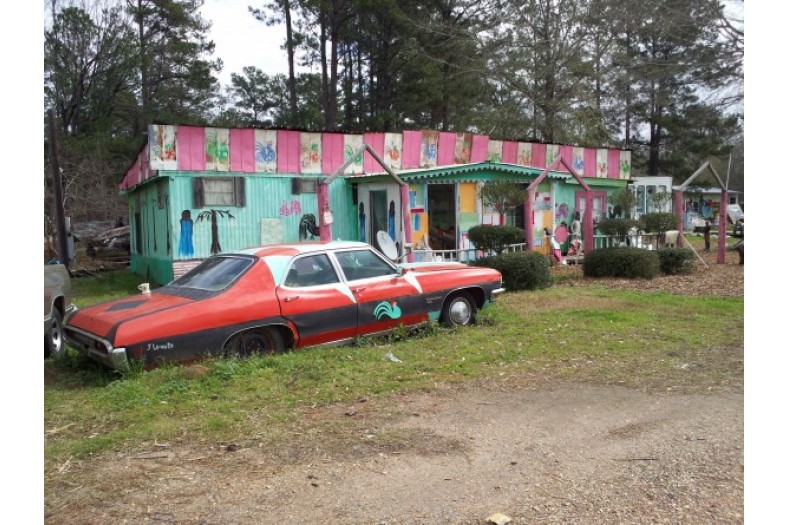
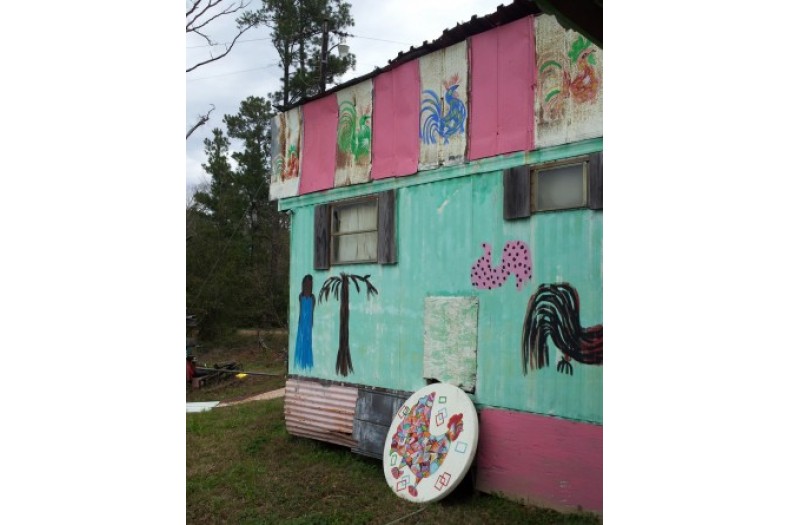
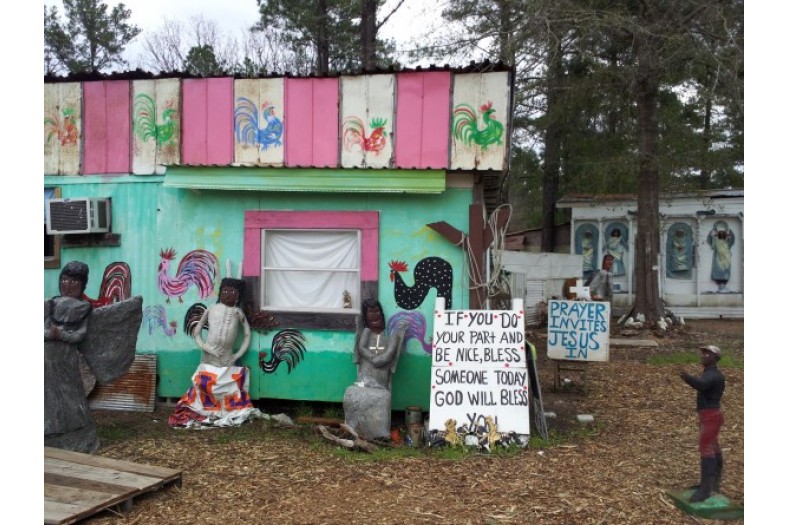
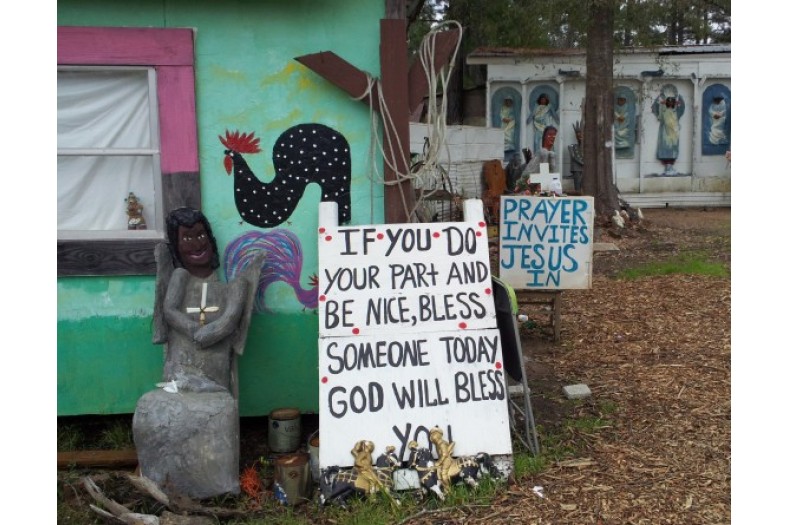
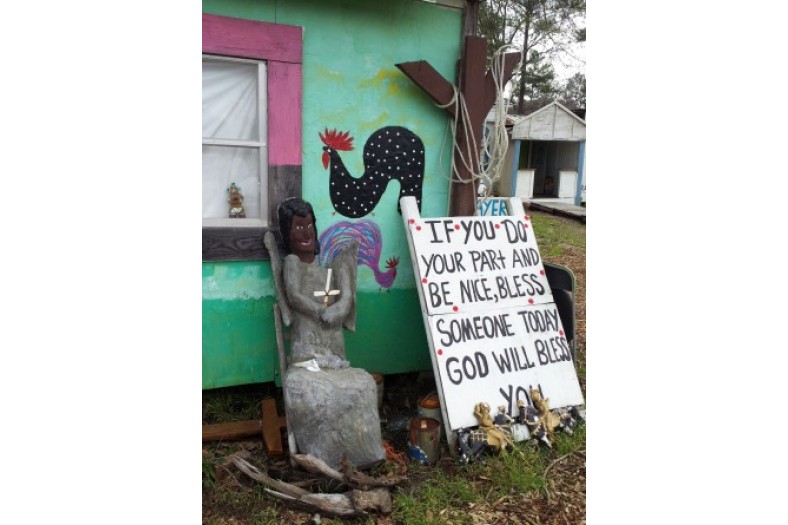
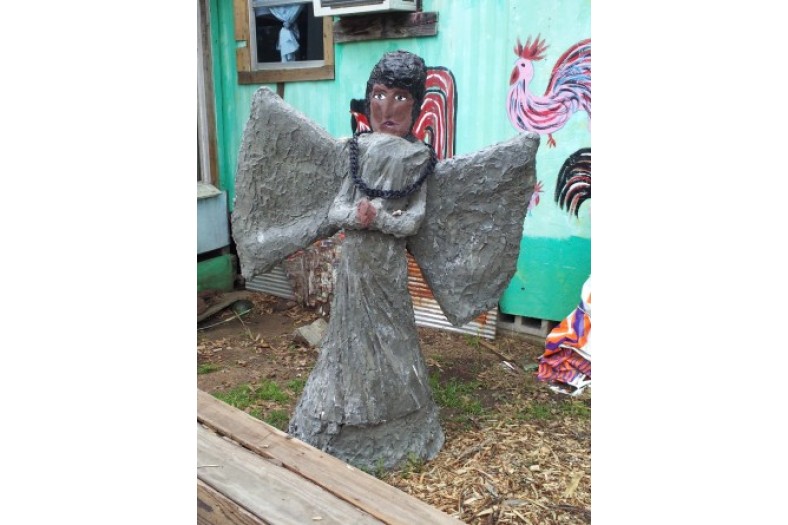
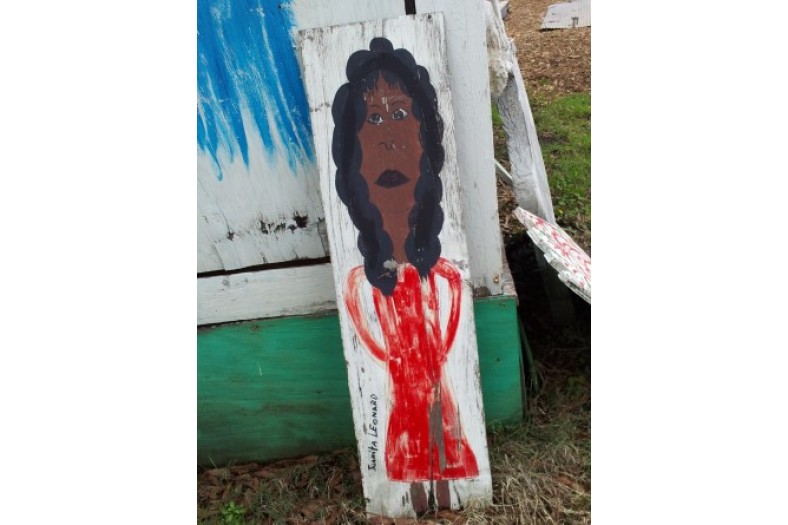
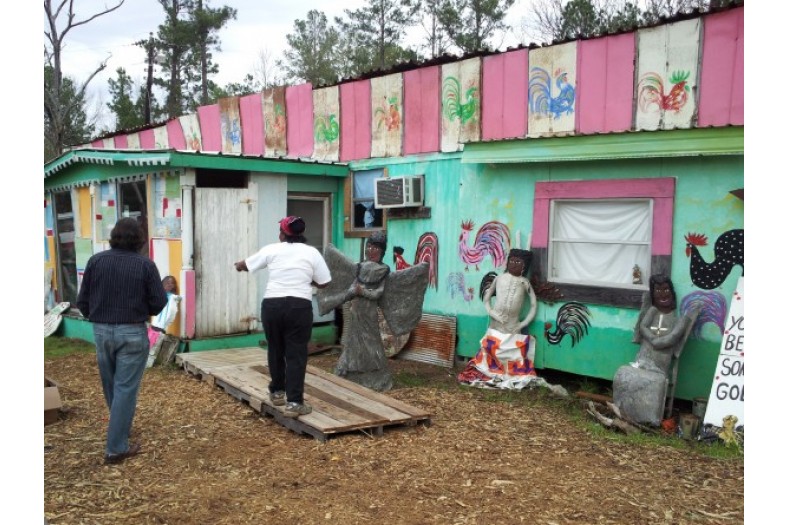

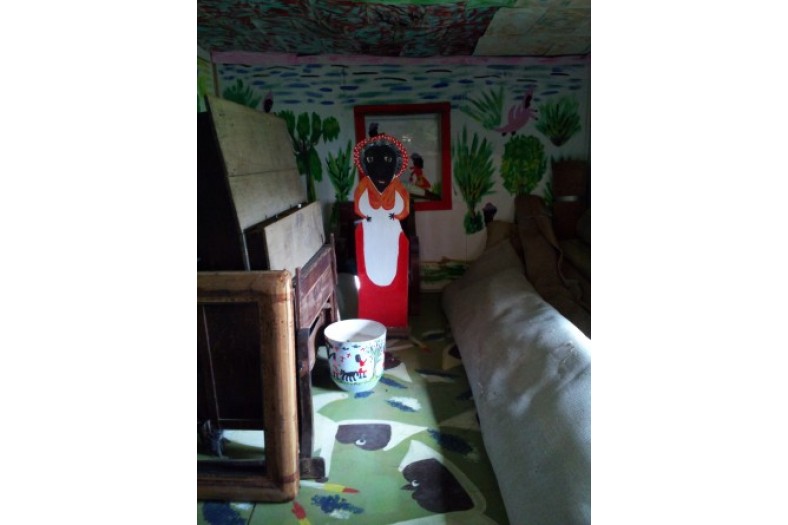
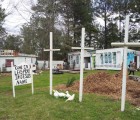
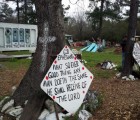
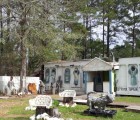
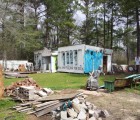
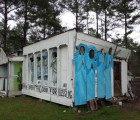
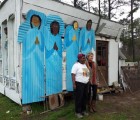
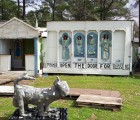
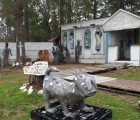
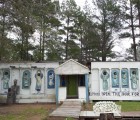
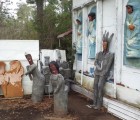
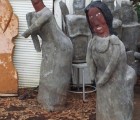

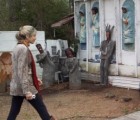
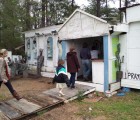
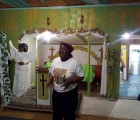
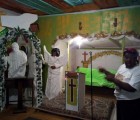
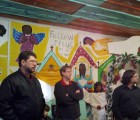
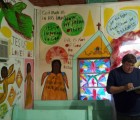
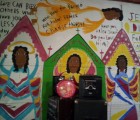
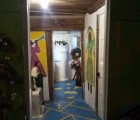
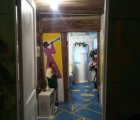
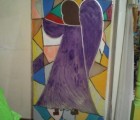
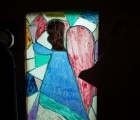
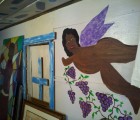
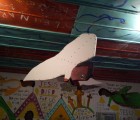
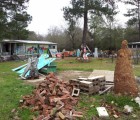
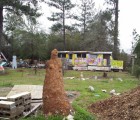
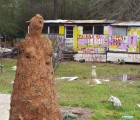
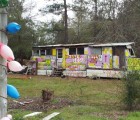
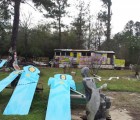
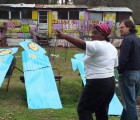
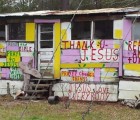
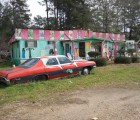
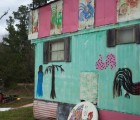
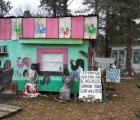
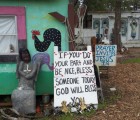
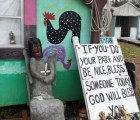

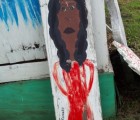
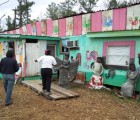
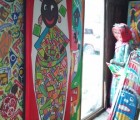
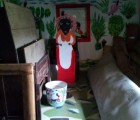
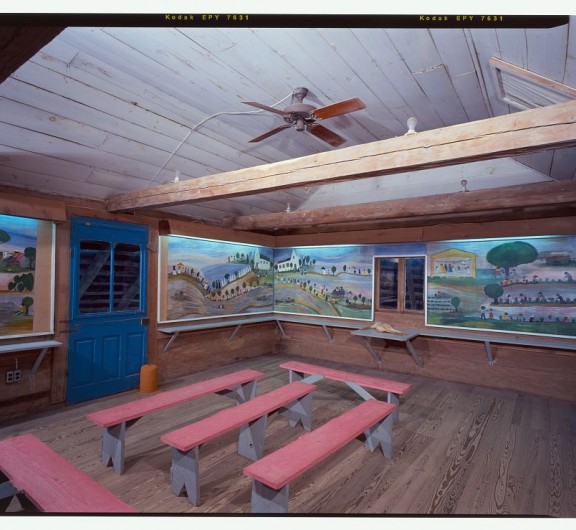
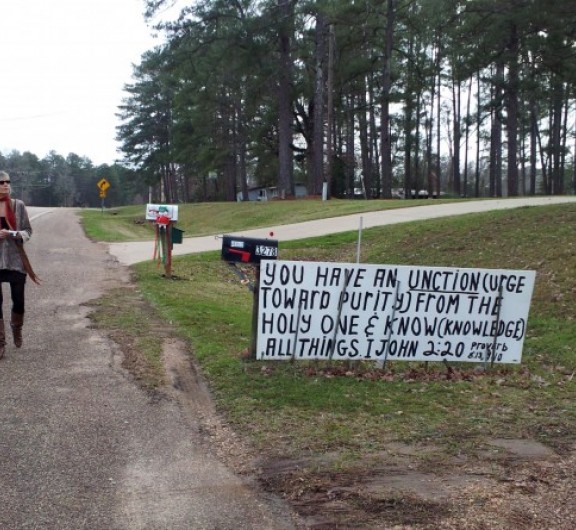

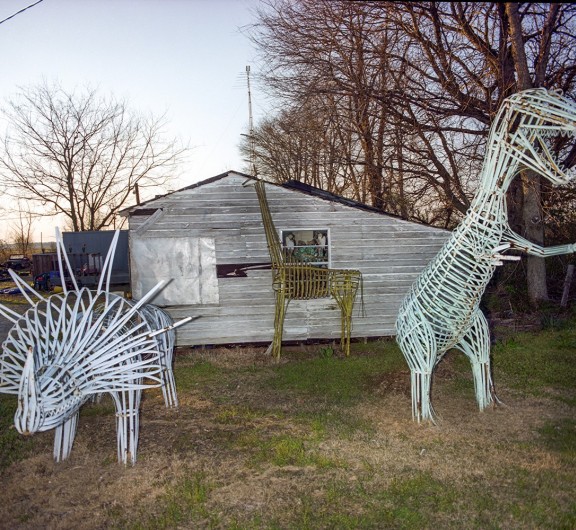
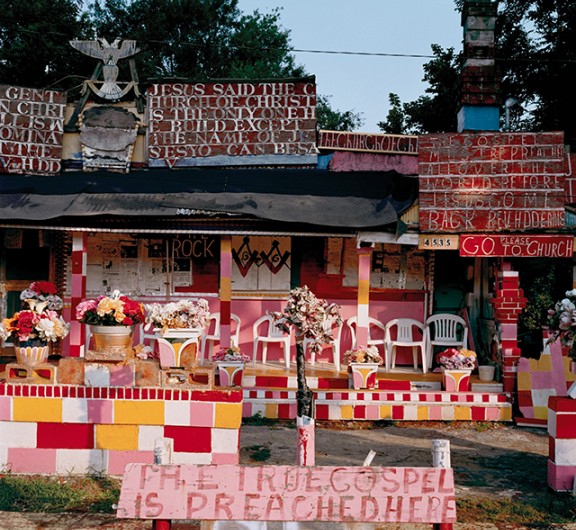

Post your comment
Comments
shari mae tuska July 24, 2024
Beautiful Work!! And congratulations on the preservation!!